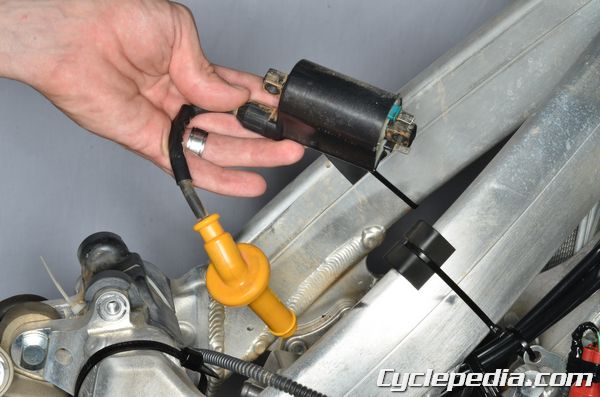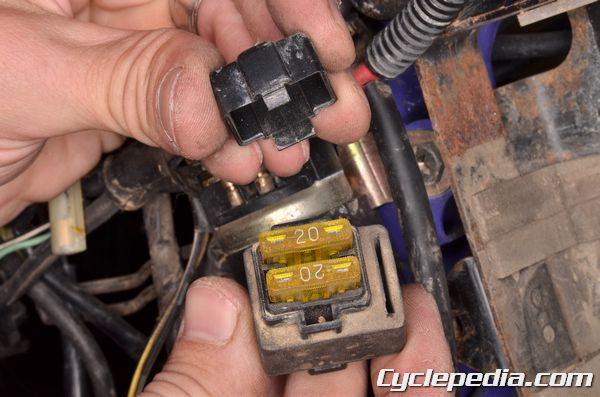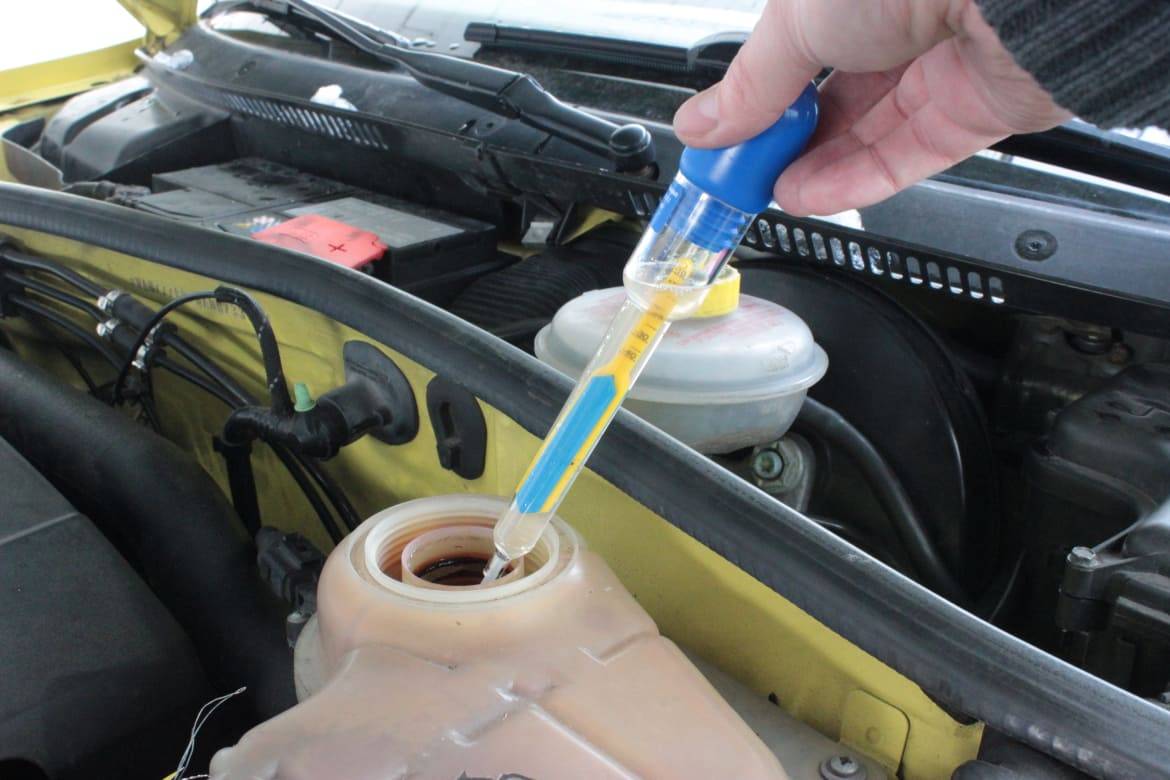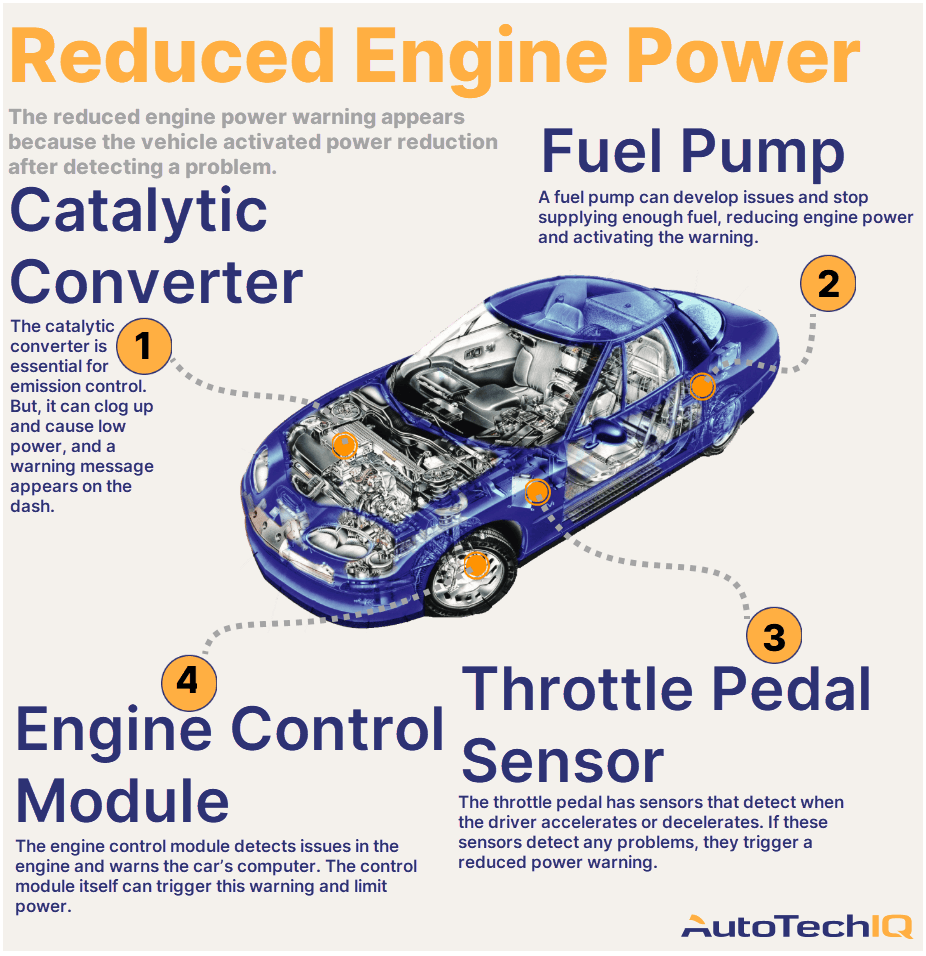Can a Bad Battery Cause No Spark in a Car
Yes, a bad battery can cause no spark in a car. The battery is crucial for providing the electrical power needed for the ignition system.
Car troubles often begin with the battery, a vital component under the hood. Your vehicle’s battery supplies the necessary power to start the engine and fuels the ignition system. Without adequate charge or with a faulty battery, the spark plugs won’t receive the electricity they need to ignite the fuel, which can leave you with a car that won’t start.
Motorists commonly overlook this issue, focusing on more complex parts like the alternator or starter motor. Yet, a simple battery check can save time and money. Knowing the central role of a healthy battery in a car’s ignition process underscores the importance of occasional checks and maintenance to ensure everything is charged-up and ready to go. A silent engine on turning the key is a telltale sign; you might want to check your battery first.
Symptoms Of A Bad Battery
A car’s battery is its lifeblood, fueling all electronics and the ignition system. A failing battery can lead to a no-spark situation, preventing your engine from starting. Recognizing the warning signs can help diagnose a bad battery before getting stranded.
Difficulty Starting The Engine
The most obvious symptom of a bad battery is when your car struggles to start. This issue often grows worse over time. During ignition, you might hear a slow cranking sound or no sound at all. This indicates the battery can’t provide enough power to turn the engine over.
- Engine cranks slowly or not at all
- Need to press gas pedal to start
- Car starts after multiple tries
Dimmed Headlights And Electrical Issues
Your car’s headlights can indicate battery health. Dimming or flickering headlights are a clear sign. This symptom escalates when you’re using multiple accessories. For instance, headlights may dim further when you turn on the air conditioner or the sound system. Moreover, other electrical components like power windows or dashboard lights may operate sluggishly or not respond.
| Electrical Component | Normal Operation | With Bad Battery |
|---|---|---|
| Headlights | Bright and steady | Dim or flickering |
| Dashboard Lights | Fully lit | Dim or intermittent |
| Power Windows | Smooth operation | Slow or stuck |

Credit: www.cyclepedia.com
Electrical System Of A Car Explained
The electrical system in a car is a critical component that ensures everything from the dashboard lights to the engine ignition works smoothly. Think of it as the body’s nervous system but for your vehicle. A series of wires, sensors, and computers all work together to keep your car running. Let’s dive into how the battery fits into this complex puzzle and why it is essential for your car’s spark ignition process.
Role Of The Battery
The battery serves as the heart of the electrical system, storing power needed to start your car and ensuring electronic components function even when the engine is off. Below are key functions of the car battery:
- Stores electrical energy needed to start the engine
- Powers up the electronics when the engine isn’t running
- Stabilizes voltage to keep the engine running smoothly
A bad battery might fail to perform these functions, leading to a no-spark situation and leaving your car unable to start.
The Spark Ignition Process
The ignition process begins when you turn the key in the ignition or push the start button. Here’s a simplified look at what happens next:
- The battery sends a voltage to the starter motor, kicking the engine into gear.
- This triggers the ignition system, where the battery’s power helps to create a spark.
- The spark ignites the air-fuel mixture in the combustion chamber.
- The engine turns over, and your car starts.
If the battery is weak or dead, the starter motor won’t turn, and the ignition process cannot commence, thus no spark is produced.
Common Causes For No Spark
Starting the car and not getting a spark can be frustrating. This issue means the engine won’t start. A variety of issues can cause this problem. Below are some common causes to investigate.
Faulty Ignition Coil
The ignition coil transforms the battery’s low voltage to the high voltage needed to create a spark. If it’s faulty, there’s no spark. Signs of a bad coil include:
- Engine misfires
- Unexpected noises
- Poor fuel economy
- Engine light turns on
Damaged Spark Plugs Or Wires
Spark plugs ignite the fuel mixture while wires deliver the electrical current. Common signs of damage include:
| Spark Plug | Wire |
|---|---|
| Difficulty starting the car | Visible wear and tear |
| Engine surges | Electrical shorts |
| High fuel consumption | Engine misfire |
Regular maintenance can prevent these issues. Check spark plugs and wires during routine inspections.

Credit: m.youtube.com
Diagnosing Battery Health
A vehicle’s ignition depends on a healthy battery. Without sufficient power, you may experience no spark to start the engine. To ensure your battery is not the culprit, perform these essential tests.
Battery Voltage Test
Start with a simple voltage test:
- Turn off the car and all accessories.
- Connect a voltmeter to the battery terminals.
- Read the voltage level: 12.6 volts or above is ideal.
Low readings may indicate a dying battery.
Load Testing The Battery
A load test assesses performance under stress:
- Use a load tester tool.
- Apply a load equal to half of the CCA rating of the battery.
- Hold for 15 seconds.
The voltage should not drop below 9.6 volts. If it does, the battery may need to be replaced.
Linking Battery Health And Spark Production
Linking Battery Health and Spark Production is crucial for understanding a car’s ignition system. A healthy battery provides the necessary power to generate a spark. This spark ignites the fuel-air mixture in the engine. A bad battery might not be able to do this. Let’s explore how voltage affects spark production and when to suspect a failing battery.
The Impact Of Voltage On Spark Generation
Ignition systems rely on strong electrical power. This power comes from the car’s battery. If the battery’s voltage is low, it can cause ignition issues. Cars need a certain amount of voltage to create a spark. Without it, your car may not start.
- Full Battery Voltage: Necessary for creating a strong spark.
- Low Voltage Symptoms: Weak sparks or no spark at all.
Different cars have different voltage requirements for spark generation. Always check the manufacturer’s specifications.
When To Suspect The Battery
Several signs indicate a bad battery. Understand these signs to diagnose issues early.
- Difficulty Starting: The engine cranks slowly or not at all.
- Dim Lights: Headlights or cabin lights are faint.
- Electrical Issues: Other electrical components fail or underperform.
If you experience these issues, test your battery. You can use a multimeter to measure voltage.
| Battery Condition | Voltage Reading |
|---|---|
| Good | 12.6 volts or above |
| Poor | Between 12.4 and 12.6 volts |
| Bad | Below 12.4 volts |
Visit a mechanic if you suspect your battery is bad. They can perform a load test. This tells if your battery can handle the engine’s demands.

Credit: www.yourmechanic.com
Solving The No Spark Issue
Solving the No Spark Issue in your car requires understanding how the battery connects to the ignition system. A car that refuses to start often points to a spark problem. The battery supplies the necessary power for the ignition system to create a spark. Without a robust battery, your car’s engine might not start at all. Let’s explore some practical steps to restore spark and delve into essential battery maintenance tips.
Practical Steps To Restore Spark
- Check the Battery: Start by inspecting the charge. Use a voltmeter to confirm it meets the required voltage.
- Inspect Battery Connections: Loose or corroded terminals could be at fault. Clean them with a wire brush and tighten as needed.
- Examine the Ignition Coil: A faulty ignition coil might be the culprit. Test it and replace it if necessary.
- Verify the Spark Plugs: Remove and inspect each spark plug. Look for damage or wear and replace them if needed.
- Test the Electrical Wiring: Worn or broken wires can disrupt the electrical pathway. Check for continuity using a multimeter and repair any issues found.
Battery Maintenance Tips
- Regular Checks: Monthly battery inspections are essential. Look for signs of wear or damage.
- Clean Terminals: Prevent corrosion by cleaning the terminals regularly. Use a battery terminal cleaner for best results.
- Keep It Charged: Maintain the charge level to avoid strain on the battery. A trickle charger can help with this.
- Secure Placement: Ensure the battery is secured firmly in its bracket. Movement can loosen connections and lead to issues.
- Avoid Short Rides: Short rides do not allow the battery to fully charge. Longer drives help maintain its condition.
A well-maintained battery is less likely to leave you with a ‘no spark’ situation. Keep tabs on your car’s battery health and address any ignition issues promptly for uninterrupted performance on the road.
Frequently Asked Questions For Can A Bad Battery Cause No Spark In A Car
Can A Bad Battery Prevent Car Ignition?
Yes, a bad battery can prevent a car from igniting. If the battery lacks sufficient charge, it cannot provide the necessary electrical power to the spark plugs to initiate combustion in the engine.
Does Battery Health Affect Engine Spark?
Battery health significantly impacts engine spark. A healthy battery ensures consistent electrical flow to the ignition system, while a failing battery may result in weak or no spark.
What Signs Indicate No Spark In A Car?
Signs of no spark in a car include the engine not starting, a cranking engine with no start, and a lack of combustion noise from the engine bay.
How To Test For Spark Failure Due To A Bad Battery?
To test for spark failure, use a spark tester tool. Attach it to a plug wire and crank the engine. No spark indicates a possible bad battery or issues within the ignition system.
Conclusion
A defunct battery is quite the culprit behind ignition woes, including a no-spark condition. Remember to diagnose correctly and not overlook the battery’s role in helping your engine come to life. Regular checks and timely replacements will keep spark issues at bay and ensure a smooth ride.
Stay charged up!





